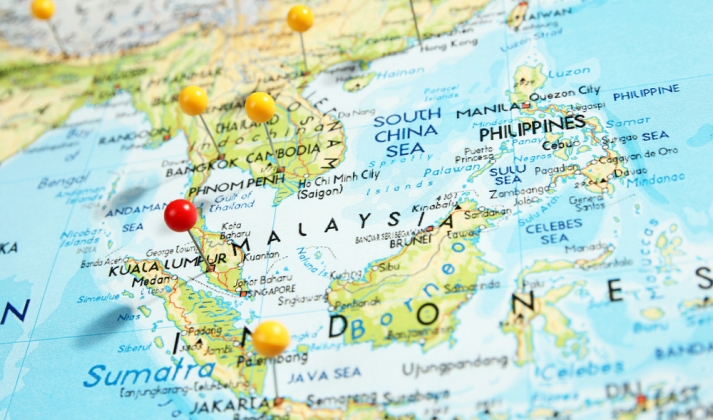
Southeast Asian economies are reaching a stage similar to China’s at the end of the last decade, when e-commerce began to take off, Alibaba Group Executive Vice Chairman Joseph Tsai told an industry conference in Singapore on Tuesday.
“I don’t blame you guys for having some degree of excitement about Southeast Asia when you look at the economies here,” Tsai said, speaking during a joint event put on by Google and Singaporean sovereign wealth fund Temasek.
For example,theper-capita GDP of Indonesia, the world’s fourth most-populous country, iscurrently about $2,900, Tsai said. That’s roughly the same as China’s per-capita GDP in 2009 and into 2010, a period when Alibaba’s C2C marketplace Taobao began to soar, adding about $50 billion in gross merchandise volume, Tsai said.
Southeast Asia’s promise as a future hotbed of e-commerce is one reason Alibaba put about $1 billion in Singapore-based Lazada Group in April. Lazada launched in 2012 and currently operates shopping websites in Indonesia, Malaysia, the Philippines, Singapore, Thailand and Vietnam. The company began by selling inventory to customers from its own warehouses but now also runs marketplaces for third-party sellers, as well as using its own logistics networks to deliver goods to consumers.
“We’re very excited about our investment in Lazada,” Tsai said. “It is starting from a very small base, but the potential is very, very big.”
According to Bloomberg, citing a report from Google and Temasek released in conjunction with today’s event, the number of internet users in Southeast Asia currently sits at just 260 million but is expected to nearly double to 480 million in 2020. Meanwhile, the region’s e-commerce market will see a sixteen-fold increase to $88 billion by 2025, and Southeast Asia’s total internet economy will climb six times to $200 billion over the next decade.
Tsai said that by adding marketplaces in Southeast Asia, Alibaba can offer merchants already selling on its platformsan opportunity to sell into new markets. Those merchants typically leverage the Chinese e-commerce giant’s platforms to boost their engagement with consumers and grow their customer base as well as sell products. Now the company can offer those same services in Southeast Asia through Lazada.
“It’s very, very helpful to use to be able to present something that is more of a geographically diverse platform,” Tsai said, adding that online health care and fintech companies such as Alibaba-affiliated Ant Financial, which are poised for rapid growth in China, ought to be able to expand their services to Southeast Asia, too. “[E-payments provider] Alipay can definitely play a role here,” he said.
Still, companies still face significant challenges doing business in the region. Southeast Asia, while often described as one bloc comprising 560 million people, are separated by language, culture and—not least—water. Indeed, it was Lazada’s “budding logistics system,” Tsai said, which has proved capable of handling the cross-border nature of e-commerce in Southeast Asia, that attracted the company to Alibaba.
Tsai said he sees promise in the wide use of the mobile internet in Southeast Asia, a trend that typically gives rise to greater engagement and more purchasesbyonline shoppers compared with consumers shopping mainlybyPCs.
“When I look at the Southeast Asian market, I think it’s a mobile-first market,” Tsai said. “So for that reason, I’m very optimistic.”




